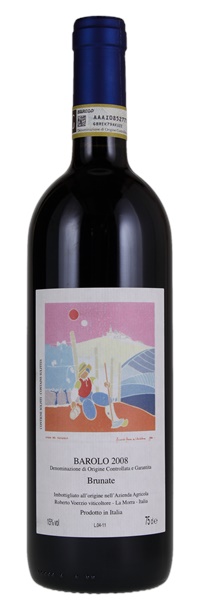Estimate

Waves of fruit build toward a huge, dramatic finish supported by serious tannins...all about length, weightless elegance and an elusiveness that is only matched by the greatest Burgundies.
Blackberries with hints of coffee and dried flowers on the nose. Turns to mushrooms. Full body, with firm and chewy tannins and a flavorful finish.
The sweet cherry and floral core is accented by bouillon, soy and black tea flavors in this elegant, vibrant red, which persists with fine length and a finish of tea and tobacco. Racy.
Rich Nebbiolo fruit on the palate, which buffers the grainy tannin. Long and with just enough acidity to keep it going.